The Nobel Moments: Dave Wineland
Some Nobel Prizes are awarded for a single feat, such as Eric Cornell and Carl Wieman’s June 1995 creation of Bose-Einstein condensate or Daniel Shechtman’s April 1982 discovery of quasicrystals. David Wineland, by contrast, was recognized for a string of successes stretching over more than four decades, from proposing the first laser-cooling experiments to using single cold trapped ions to making some of the most precise and profound measurements in the history of science.
A natural next step after Wineland and colleagues demonstrated laser-cooling of groups of ions was to isolate just one cold ion in a trap. Indeed, several research groups pursued this with different ions. The Heidelberg group isolated a single barium ion in 1980, and Wineland’s group quickly followed by isolating a single magnesium ion in 1981.
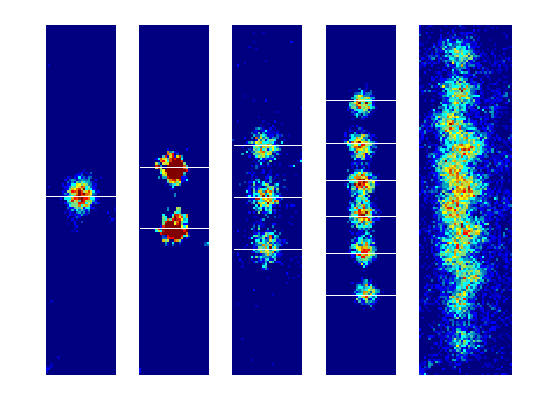
With that proof of principle behind them, Jim Bergquist, Wayne Itano, and Wineland then considered using mercury ions, because mercury has an electron energy transition with a very high frequency that could, in theory, be used to make more precise atomic clocks than were possible with beryllium or cesium.
Though making better clocks was their official mission, Wineland says he and his colleagues were motivated at least as much by the potential to discover new physics.
“As physicists, the more interesting part is to be able to do things like laser cooling, manipulating states of atoms at the quantum level,” he says. “It’s easy to justify what we’re doing for our NIST work with clocks … but as physicists, often the real reward was to be able to demonstrate some new effect. That’s the most fun, I would say.”
With techniques they had developed for isolating cold ions, Wineland’s team could begin probing ions’ internal states—such as the energy levels of their electrons. By this time, there was overwhelming evidence that quantum mechanics describes much better than any other known theory the universe of the very small and the very cold. Nevertheless, experimentally creating and manipulating individual quantum states was still largely out of reach, because such states are inherently fragile and easily disturbed by interactions with the environment. Cooling and trapping techniques were the key to keeping ions separate from the rest of the world long enough to do experiments that, thus far, had existed only in theorists’ minds.
One question that Schrödinger had posed is whether electrons in atoms make instantaneous “jumps” from one energy level to another, without passing through any intermediate states. In a project led by James Bergquist, the group showed in 1986 that electrons in cold, trapped mercury ions do indeed make such jumps. Two other research groups published similar demonstrations that same year.
A few years later, the group cooled atoms to the lowest possible energy state allowed by quantum mechanics. The diminished motion of the cooled atoms further reduced the time-dilation shift that caused one of the largest sources of error in atomic clocks. And in 1995, Wineland and Chris Monroe, who had recently joined NIST’s staff after a postdoctoral fellowship in Wineland’s lab, determined that it was indeed possible to put an ion in a “Schrödinger cat” superposition in which they could exist in two separate locations at once.
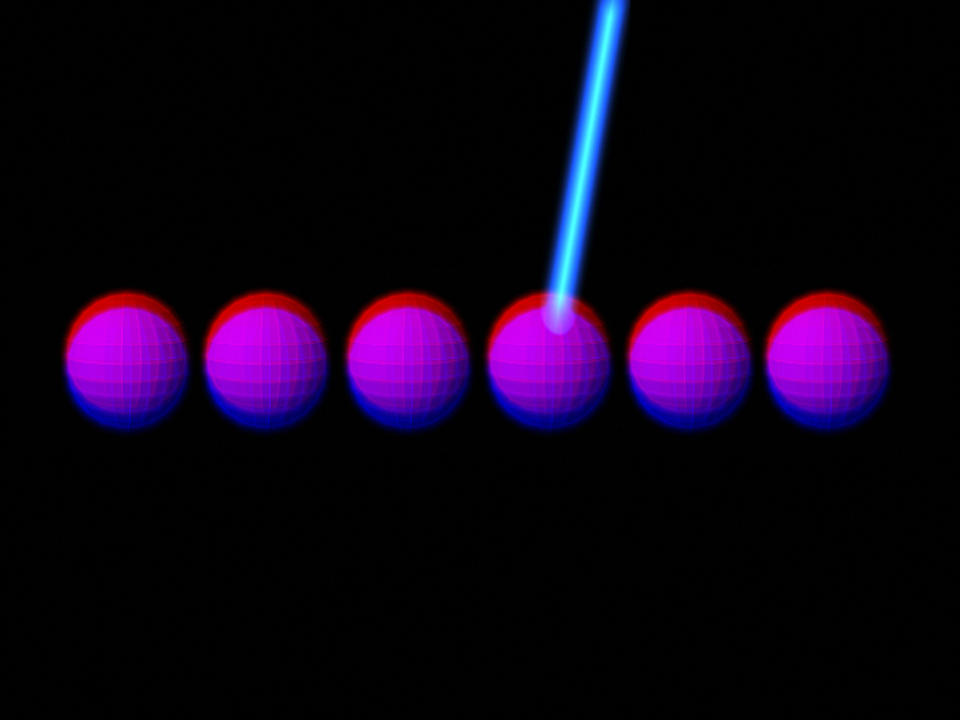
This work towards controlling states of individual ions would soon find a potentially hugely important and entirely unexpected application. At a 1994 meeting, mathematician Peter Shor, then at Bell Laboratories in Murray Hill, New Jersey, presented an algorithm that would enable a sophisticated enough “quantum computer” to quickly factor large numbers into their prime components. The fact that classical computer algorithms cannot do this efficiently underlies much of modern cryptography, so it was immediately clear that a quantum computer, should anyone find a way to build one, could have an enormous real-world impact, for instance by quickly breaking encryption codes used in banking and online credit card purchases.
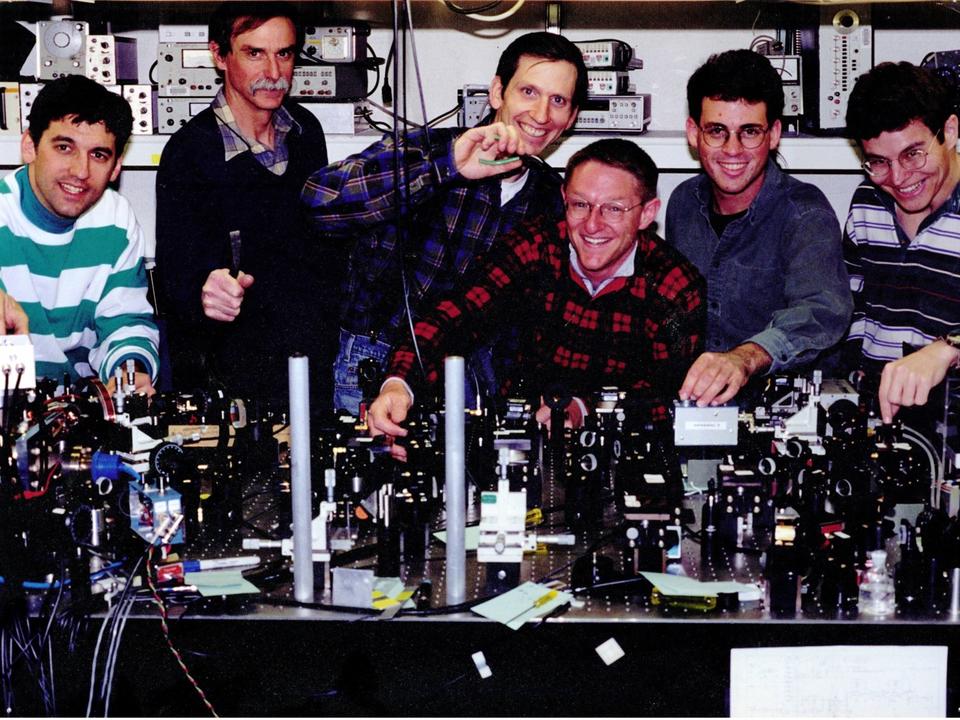
“Classical” computers and mobile devices, including the one that you’re probably using to read this essay, store and process information as “bits”—little chunks of material that can be put into one of two distinct states, often described as “0” or “1.” Present-day computers and electronic devices use voltages on capacitors (devices which hold electric charge) or materials that essentially contain millions upon millions of tiny bar magnets to physically represent 0s and 1s. Shor’s algorithm relied on the idea that in quantum mechanics, an object can be not only in state 0 or state 1, but also in a superposition of both 0 and 1. A calculation done on quantum bits in such a state would theoretically drastically reduce the time needed to carry out certain algorithms.
Theoretical physicists Ignacio Cirac and Peter Zoller quickly picked up on Shor’s algorithm and showed how energy levels in trapped ions could represent the 0s and 1s of a quantum computer, and be manipulated in a way to make the required quantum logic gates. Wineland and Monroe read those papers and realized that in their quest for more precise timekeeping, they had already made significant progress toward this idea.
“It was a bit of serendipity for us,” Wineland recalls. “We were doing experiments that were closely related to the ideas they put forward.”
It was a short step from there to building the first quantum-mechanical logic gate based on individual quantum bits. In computer science, a logic gate takes one or more inputs and produces an output; for instance, an “AND” gate produces the output “TRUE” if, and only if, all inputs have the value of “TRUE.” Such simple gates are then combined to carry out the complex tasks we use computers for today. Gates of the type Monroe and Wineland demonstrated in 1995, known as “controlled-not gates,” can, in principle, be used to construct any logical circuit, no matter how complex.
“We saw that we had the first tiny little rudimentary quantum computer, before anybody knew what that meant,” says Monroe, now a professor at the University of Maryland, College Park, and fellow in the NIST-Maryland Joint Quantum Institute. “We were years ahead of everybody else.”
Three years later, the researchers achieved another in a series of milestones that also contributed to Wineland receiving the Nobel Prize. They demonstrated ways to create entanglement on demand with two ions, proving that information is distributed simultaneously between the two ions, a hallmark of quantum computation. And two years after that, they entangled four ions, proving that, in principle, quantum computation with ions can be scaled to the relatively large number of quantum gates that would be needed for a practical quantum computer.
“We would read theory papers and say, oh yeah, we can do that…We did the experiment and went on to the next one. It was a real gravy train for a couple years,” Monroe says. “[Wineland] recognized that there was a vacuum in the [physics] community and he could fill it.”
In 2004, Wineland and his colleagues demonstrated quantum teleportation of information among massive particles (in contrast to previous demonstrations using photons, which are massless), providing a potentially important method for efficient transfer of information within a large-scale quantum computer. Rainer Blatt’s group at the University of Innsbruck in Austria announced a similar result simultaneously.
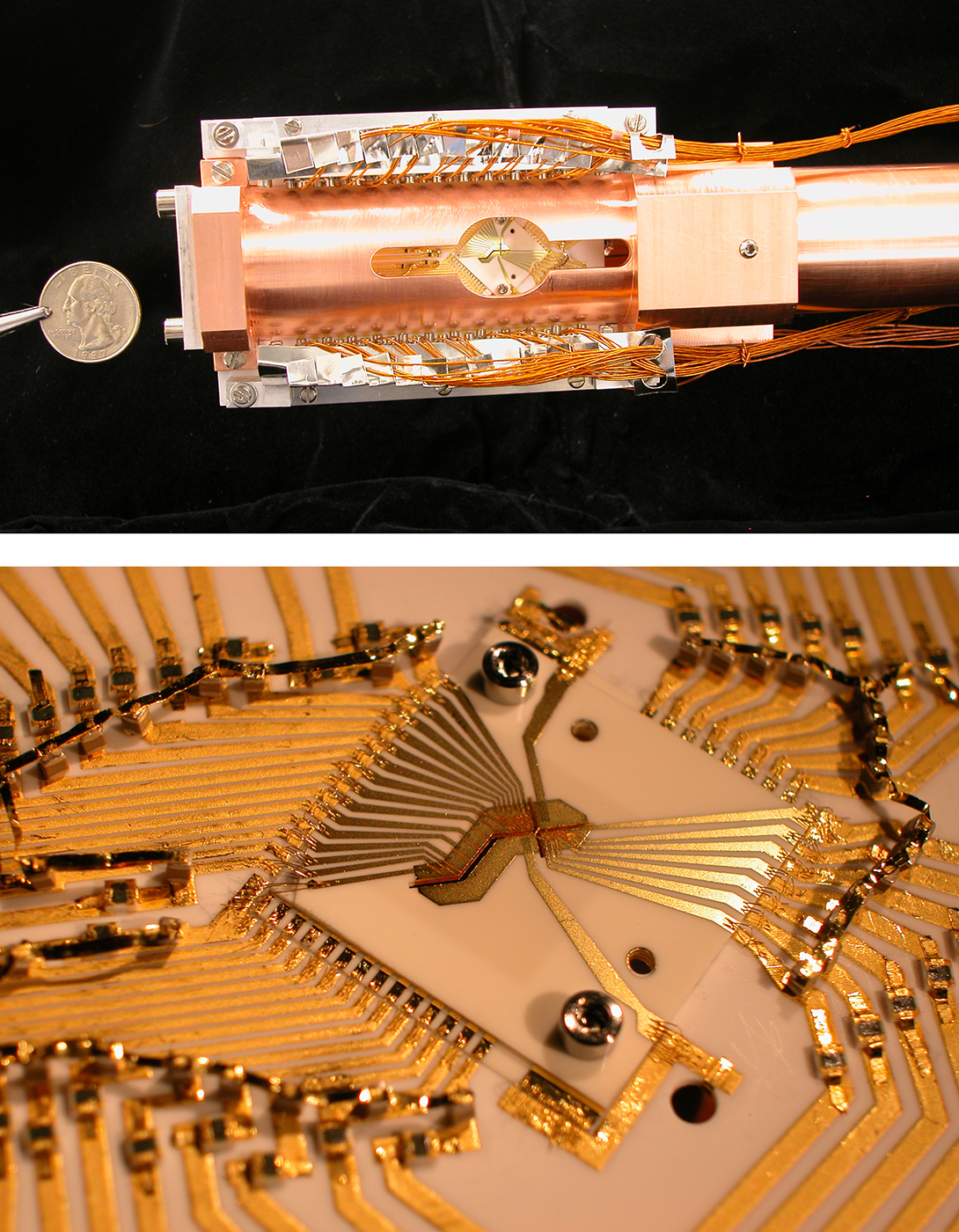
Even while helping to lay the foundation for the brand-new field of quantum computing, the group's fundamental physics also advanced the clock technology that is the NIST Time and Frequency Division’s bread and butter. In 2005, after more than two decades of work on mercury-ion clocks led by group member Jim Bergquist, the team demonstrated the first precise optical clock. The clock used an electron energy transition with a frequency of about a thousand trillion cycles per second, corresponding to the oscillations of ultraviolet light. The ability to divide a second into far more cycles—enabled in part by the “optical frequency comb” for which Wineland’s JILA colleague John Hall received the 2005 Nobel Prize in Physics—meant that the new clock could be made more precise than existing clocks based on cesium microwave frequencies of only around 9 billion cycles per second.
The mercury-ion clock instantly became the world’s most precise timekeeper. If it were to operate for about 2 billion years, it would neither gain nor lose no more than one second, making it around 6 times more precise than the best cesium-based clock.
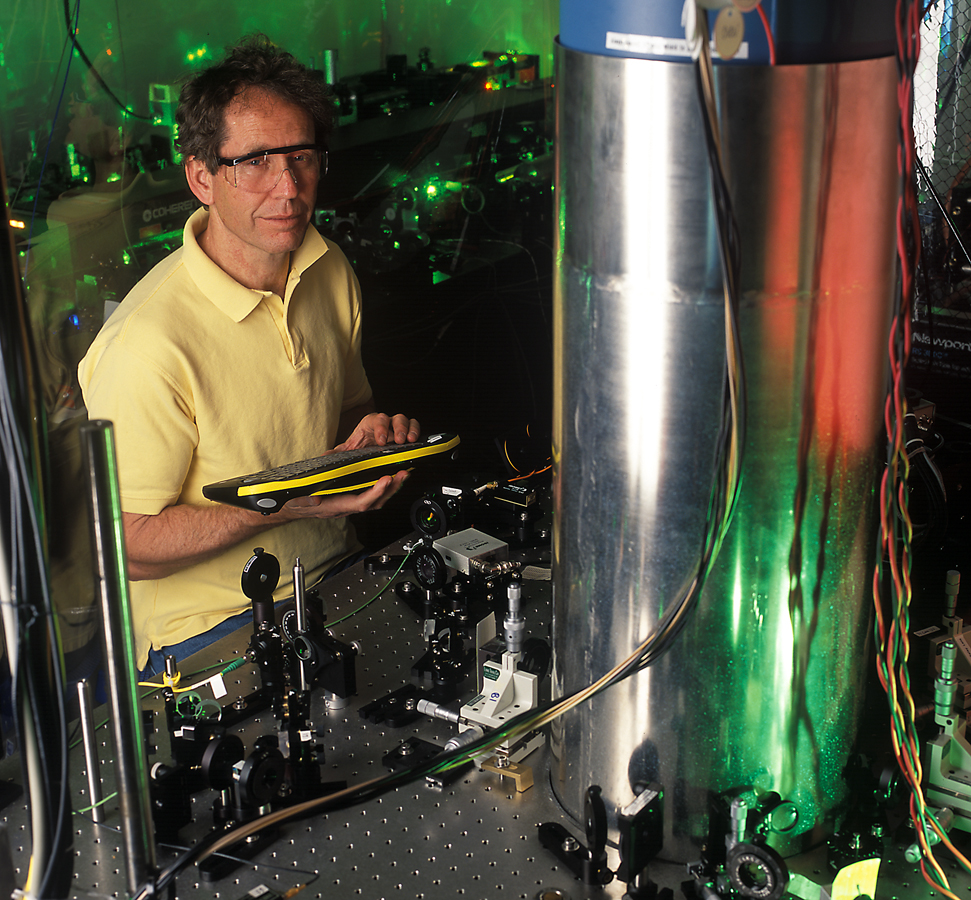
But the team was just getting started. In 2006, Till Rosenband joined Wineland’s group as a full-time researcher to make a clock based on a trapped aluminum ion. Aluminum has some advantages over mercury as a clock ion, and the research team further improved the clock using another advance that came out of the group's fundamental quantum measurement experiments. To avoid disturbing the timekeeping aluminum ion’s fragile state, the scientists first cooled and trapped a second ion, either beryllium or magnesium, and it interacted with the aluminum ion to cool that ion and probe its quantum state. They then used a laser to read the state from the first ion. In 2010, the group’s aluminum clock overtook their mercury clock as the world precision champion, with about 10 times greater precision.
Two years later, recognizing David Wineland’s key role in opening up ions’ quantum states to experimentalists, the Nobel committee awarded him, along with Serge Haroche of the Collège de France and the École Normale Supérieure in Paris, the 2012 Nobel Prize in Physics.
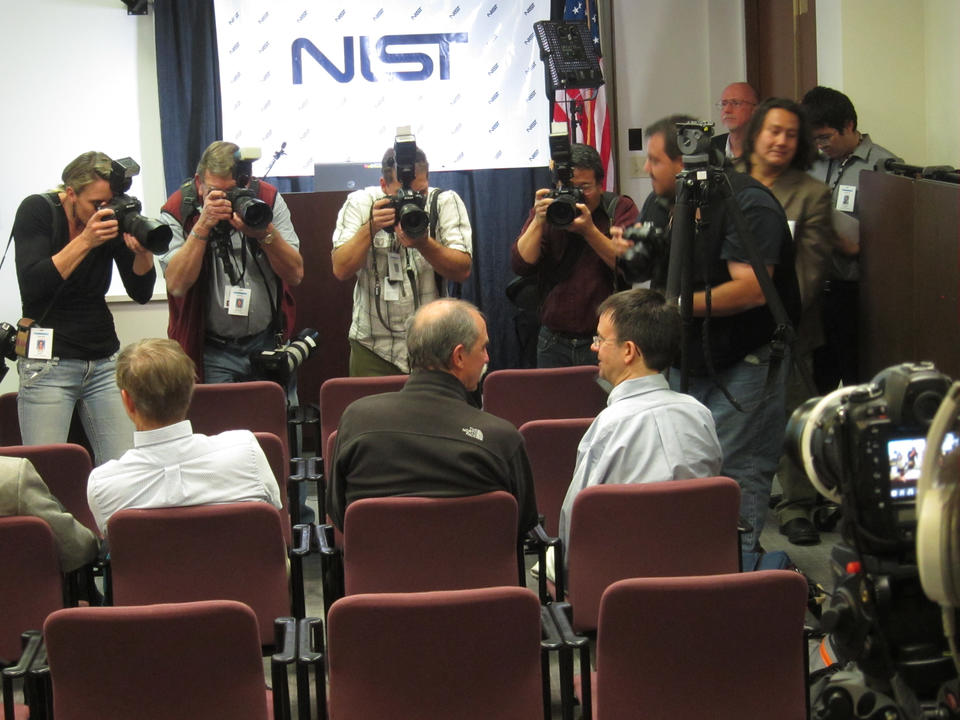
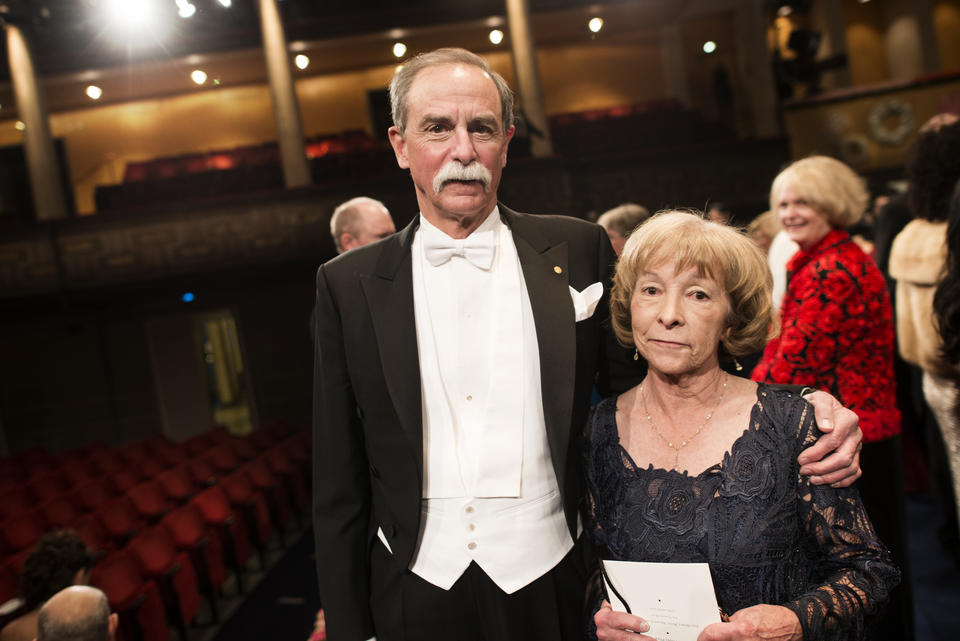
“He’s very much interested in the engineering part of his work. The way he’s able to manipulate single particles is really an art, a kind of wizardry he’s developed. For that you need to be very rigorous at the technological level and the engineering level. He has the ability to be at frontier of basic science and engineering, and he’s been very good at integrating these two aspects in his research.”
– Serge Haroche, physicist at Collège de France and the École Normale Supérieure in Paris; shared 2012 Nobel Prize in Physics with Dave Wineland

